The Language of Change eBOOK (workbook)
$49.95
This is the Workbook that accompanied the Live Class and the DVD set of the Language of Change.
Description
The Language of Change workbook
This is the Workbook that accompanied the Live Class and the DVD set of the Language of Change.
Learn to use Language as an instrument of change. When you master the skills on this video you will be joining the ranks of the great communicators… the artistry of Milton H. Erickson, MD, the persuasion ability of Richard Bandler, the influence of Robert Cialdini; it’s all here. 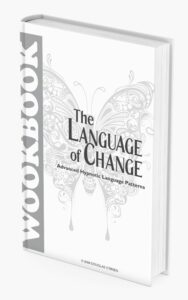
Doug O’Brien’s clear and engaging teaching style makes it easy for you to grasp the power and the subtlety of this material. Your ability to persuade, instead of being persuaded, will blossom.
This complete workbook on Ericksonian Hypnotic Language Patterns includes using presuppositions and the six influence principles from Robert Cialdini’s book “Influence.”
In short, if covers all the material you need to gain the mastery of Hypnotic language that you desire.
NOTE!1 >>>You are getting the MANUAL. (The WORKBOOK as a PDF). Not the recordings .<<<
How DO you get to Carnegie Hall?
The Story Behind “The Language of Change”
How lessons learned from classical piano training can help you to become a virtuoso at Hypnotic Language patterns.
A tourist walks up to a cop in New York City and asks,
“How do you get to Carnegie Hall?”
Without missing a beat the cop answers, “Practice, practice, practice.”
I admit it. I’m a slow learner.
My four-year college degree in music took me 5 1/2 years to complete. On the positive side, one of those years was spent in London at a Conservatory of music and later, when I finally did graduate, I was asked to perform a piano solo at Carnegie Hall, so it wasn’t all bad.
Similarly, when I was first learning NLP and Ericksonian Hypnosis, the Ericksonian Hypnotic Language Patterns baffled me.
Embedded commands? Indirect suggestions? Therapeutic metaphors?
I knew NLP and Hypnosis trainers who seemed to be great at using them, but I didn’t get it.
Tony Robbins used “embedded commands” all the time. Richard Bandler was a language wizard and yet I couldn’t figure it out.
Then something happened that changed my learning curve immensely. I was at a Dave Dobson “Fun Shop” in Friday Harbor, Washington. Now, I don’t know if you know who Dave was, he died a few years ago, but in his day he was a tremendously influential teacher of what he termed “Other-Than-Conscious-Communication.” Most people referred to it as Hypnosis, but it was of a kind most commonly compared to Ericksonian Hypnosis.
I don’t remember if it was my second fun shop or my third (remember that slow learner thing) but at the end of the two-week training I ended up performing a few piano pieces for the some of the class members at a local pub. Dave and his wife Carol were in attendance. I played a number of pieces like a Scott Joplin Rag and a 12-bar blues that fit the environment, but added some classical pieces as well, including a somewhat improvised version of the “Canon in D” by Pachelbel because Carol requested it.
It was all good fun but after the last piece Dave did something I’ll never forget. He stood up and said to class members present that if I were to apply the same rigor and diligence to practicing the art of Hypnosis that I so clearly had done to the art of piano playing, that he was confident I would become an equally competent hypnotist someday.
(I didn’t realize until years later that he had done a “meta-five” on me.)
I was floored. Dave didn’t pass out compliments easily.
But this was both a compliment and a challenge. How am I going to apply learning piano to learning hypnosis?
The question haunted me long after I left the island.
I started by reading the book, “The Structure of Magic” by Bandler and Grinder. I discovered that one of the appendixes had a list of presuppositions. So I wrote out each one of them on an index card, wrote my own examples, and practiced using them with people.
Then I took the book, “Patterns 1,” also by Bandler and Grinder, copied out each Ericksonian Language onto a 3×5 card and each day I’d take a card and practice that one pattern with clients, friends, bus drivers, you name it.
It was like practicing scales and arpeggios in music.
I transcribed trance inductions by Dobson, Bandler and others to see how they used them in a trance context and also conversationally.
I wrote out whole scripts to use with clients, which helped me put it all together (but then learned to not use them because it was more important to focus on the client).
Over time I accumulated a large collection of material and got pretty good at using it.
I decided to take those index cards and put it together as one document so I could share it with my students during my Neo-Ericksonian Hypnosis classes. I called it “The Language of Change.” It became a central part of how I teach Hypnosis.
But then I slowly began to realize that there are more “Languages of Change” than just Ericksonian Language patterns. There’s Sleight of Mouth, of course, and Robert Cialdini’s “6 Patterns of Influence” from his seminal book “Influence.” I began to wonder, what it you combined Sleight of Mouth with Ericksonian Language patterns and tied it down with Cialdini’s patterns?
Well, needless to say, it is a powerful approach. It’s like, what if we combined Michael Jordan, LeBron James and Steph Curry into one basketball player? Kind of unfair, really.
So, in 2010 I created that dream team of persuasive language and taught a 2 1/2 day training of ALL this material and had it professionally video taped. The result is an exquisite set of 8 DVDs and two workbooks that pretty much reveal everything I know on the subject (or know at the time of recording, at least.)
It covers the following • Ericksonian Hypnotic Language patterns • the “Reverse Meta Model” • Presuppositions • the “Six Patterns of Influence” by Robert Cialdini (and how to use them conversationally)

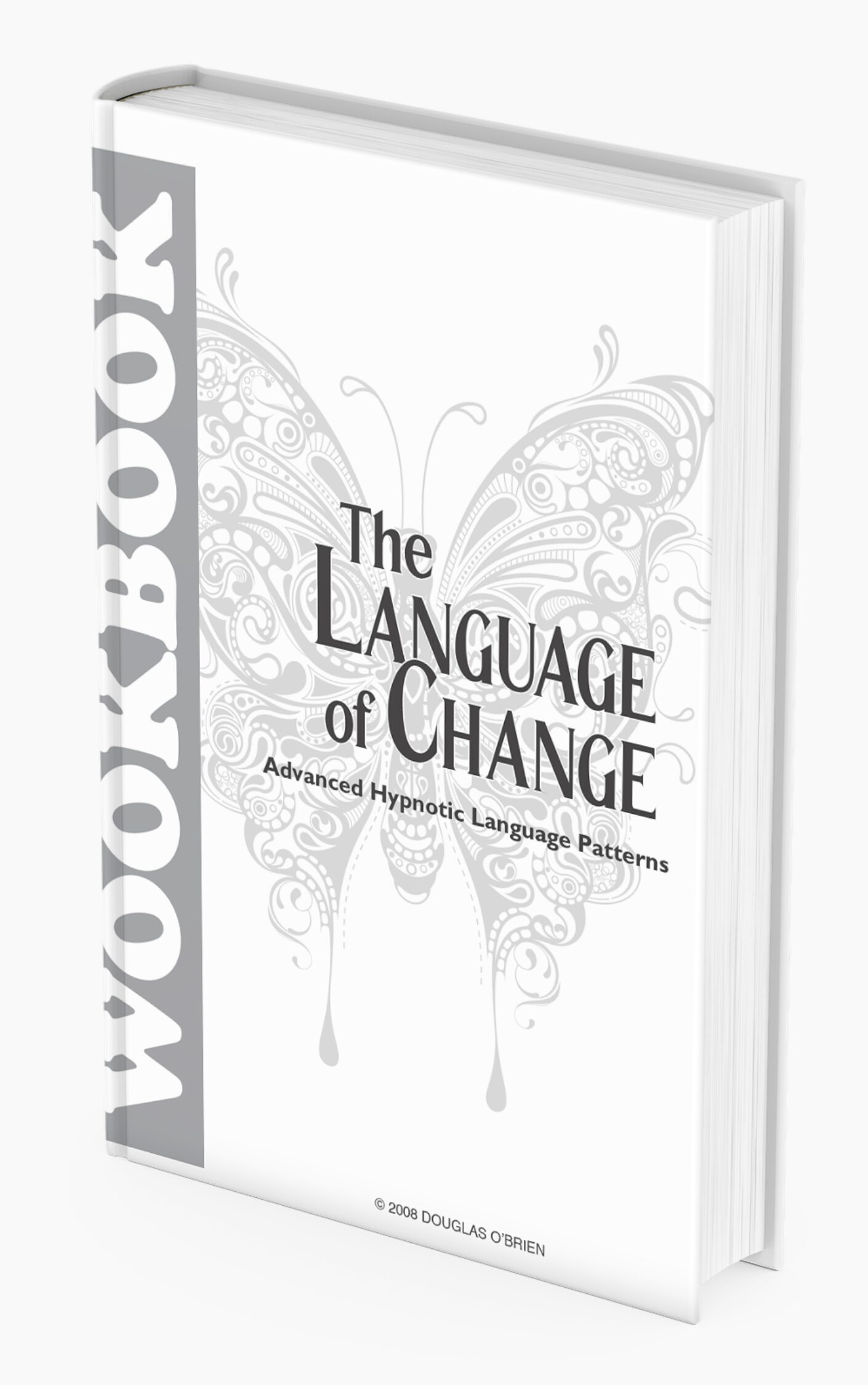

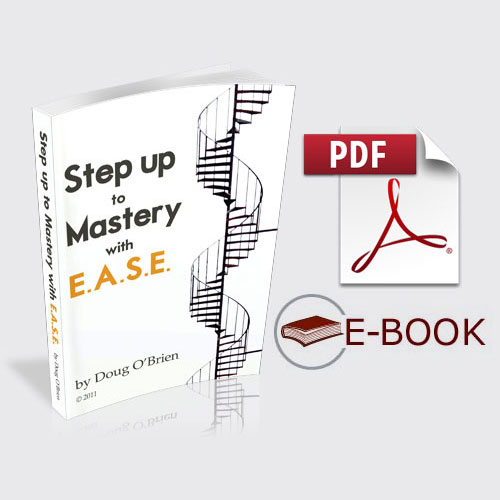

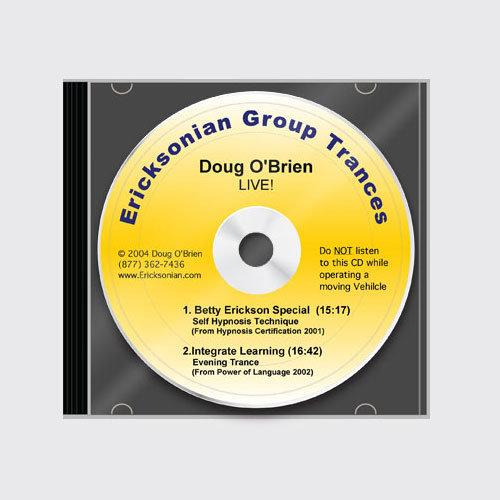
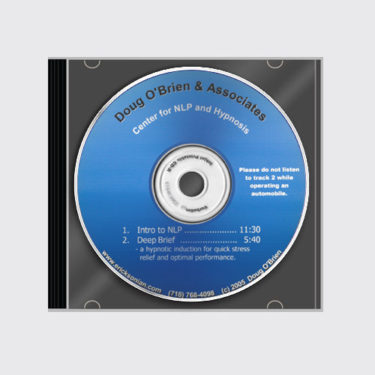

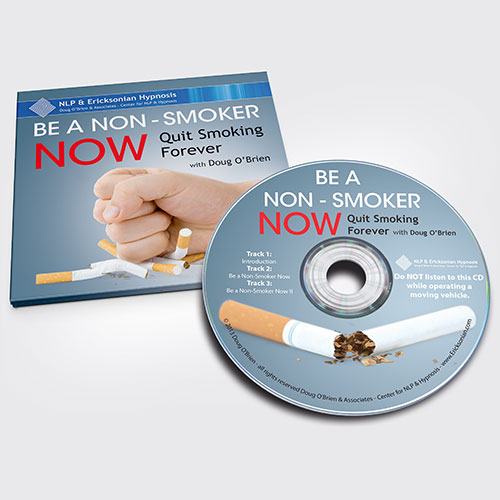

 Download Doug O’Brien’s paper,
“Be your Best with Self Hypnosis”
Download Doug O’Brien’s paper,
“Be your Best with Self Hypnosis”